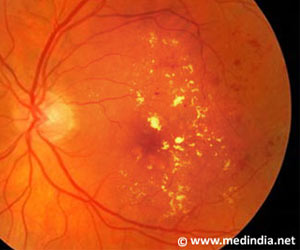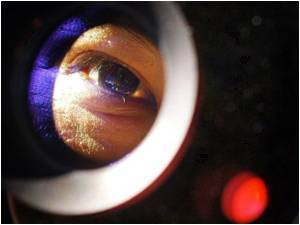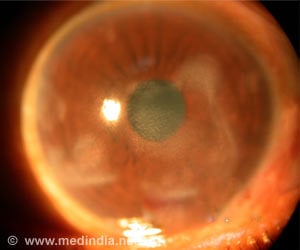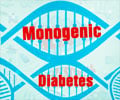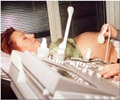An injection in the eye of the drug ranibizumab resulted in visual acuity that was not worse than panretinal photocoagulation at 2 years.

‘The drug, ranibizumab, may be a viable treatment alternative at least through 2 years for patients with proliferative diabetic retinopathy.’





Proliferative diabetic retinopathy (PDR; a more advanced form of the disease) is a leading cause of vision loss in patients with diabetes mellitus, resulting in 12,000 to 24,000 new cases of blindness each year in the United States. When used as treatment of DME, intravitreous (in the vitreous, the fluid behind the lens in the eye) anti-vascular endothelial growth factor (VEGF) agents reduce the risk of diabetic retinopathy worsening and increase the chance of improvement, making these agents a potentially viable PDR treatment.
"Although longer-term follow-up is needed, ranibizumab may be a reasonable treatment alternative at least through 2 years for patients with PDR," the authors write.
The study appears in JAMA.
Source-ANI


